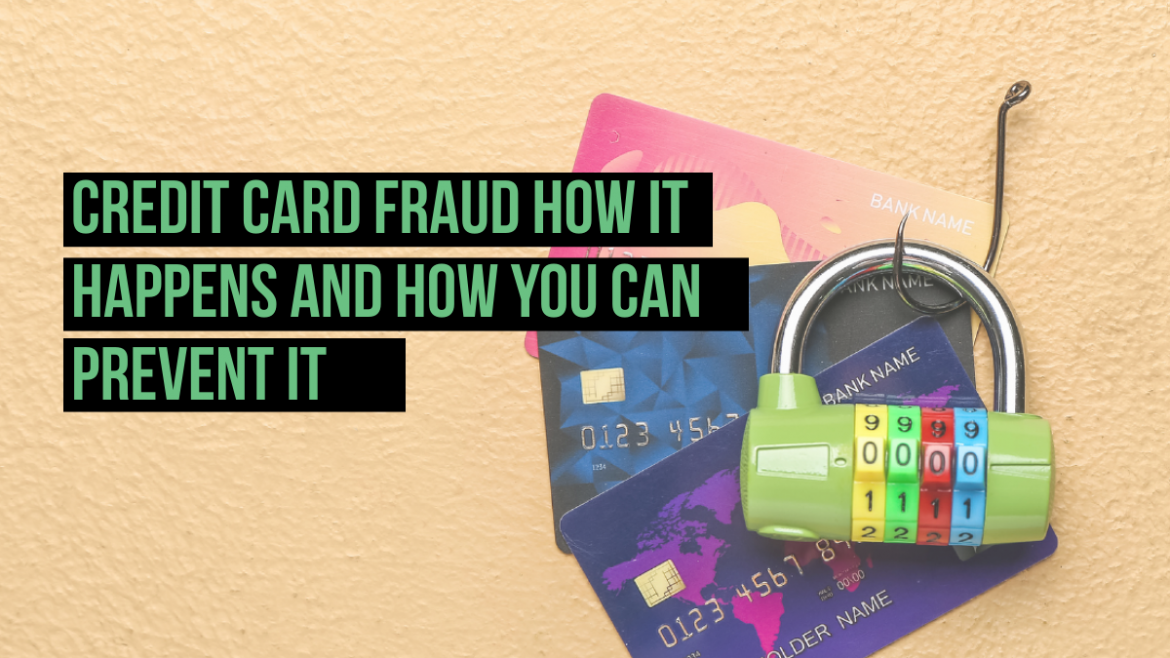In recent years, credit card fraud has been getting more and more common. This type of fraud presents issues not only for the person whose card was stolen but also for the merchant processing the payment. On top of being held liable for the fraudulent transaction, the merchant’s reputation can take a hit as well.
Many merchants believe credit card fraud isn’t an issue for them. Unfortunately, the statistics say otherwise. For starters, almost 50 percent of all credit card fraud happens in the United States. What’s more, businesses with fewer than 100 employees lose two times as much money per incident than businesses with over 100 people on staff.
What can you do to protect yourself and your business against credit card fraud? Start by educating yourself about the different types of card fraud and what to do if you suspect it.
TYPES OF CREDIT CARD FRAUD
Here’s a shortlist of the most common credit card fraud scams impacting merchants:
Lost or Stolen Cards
If a credit card is lost or stolen, the fraudster may decide to go out on a shopping spree before the owner notices that their card is missing. To avoid entering a PIN, the thief will likely decide to use the card for online purchases. They can also look for stores that have contactless systems, as payments under a certain amount don’t require a PIN.
Counterfeit Cards
A counterfeit card is produced through skimming. This practice involves the scammer creating a fake magnetic swipe card that contains all the information on the victim’s card. This counterfeit card is completely functional, making this type of fraud hard to detect.
Fake Cards
A fake card is something a scammer can try to use to deceive the merchant. For this method to work, the scammer must convince the merchant into processing a payment which will later fail to validate. These cards won’t work on POS systems, so the merchant must put them through manually.
PROTECTION AGAINST CARD FRAUD
If you suspect credit card fraud, there are a couple of ways to verify a customer’s identity:
Use the Payment Processor’s Fraud Tools
One of the main reasons to use Stripe is to take advantage of the fraud detection tool called Radar. This machine-learning algorithm can identify fraudulent activity on any payments coming through Stripe’s platform. Radar also informs you why the fraudulent payment happened, allowing you to take steps to defend yourself in the future.
Check the Billing Address
If the customer’s shipping address doesn’t match the billing address on their card, it’s worth confirming this with the cardholder. Send a letter containing a confirmation code to their billing address and ask them to call, text, or email you to read the code. If the customer doesn’t live at this address, they won’t be able to verify the transaction.
Delay the Shipment of Goods
If you suspect a fraudulent transaction, consider delaying their order for 48 hours. That gives the customer enough time to notice the fraudulent transaction and contact their bank to remedy it. If you ship the order right away, there’s a chance the cardholder initiates a chargeback.

